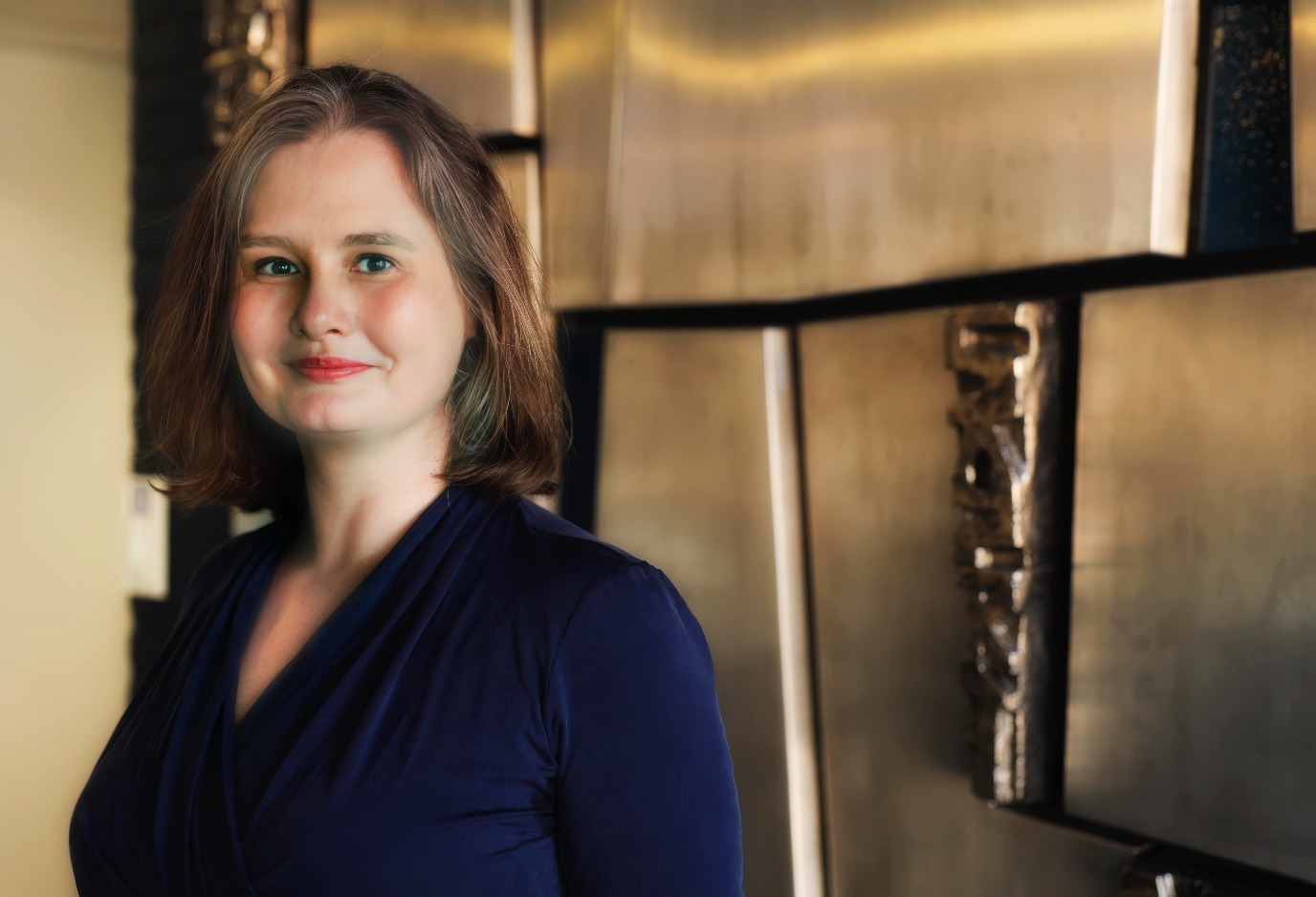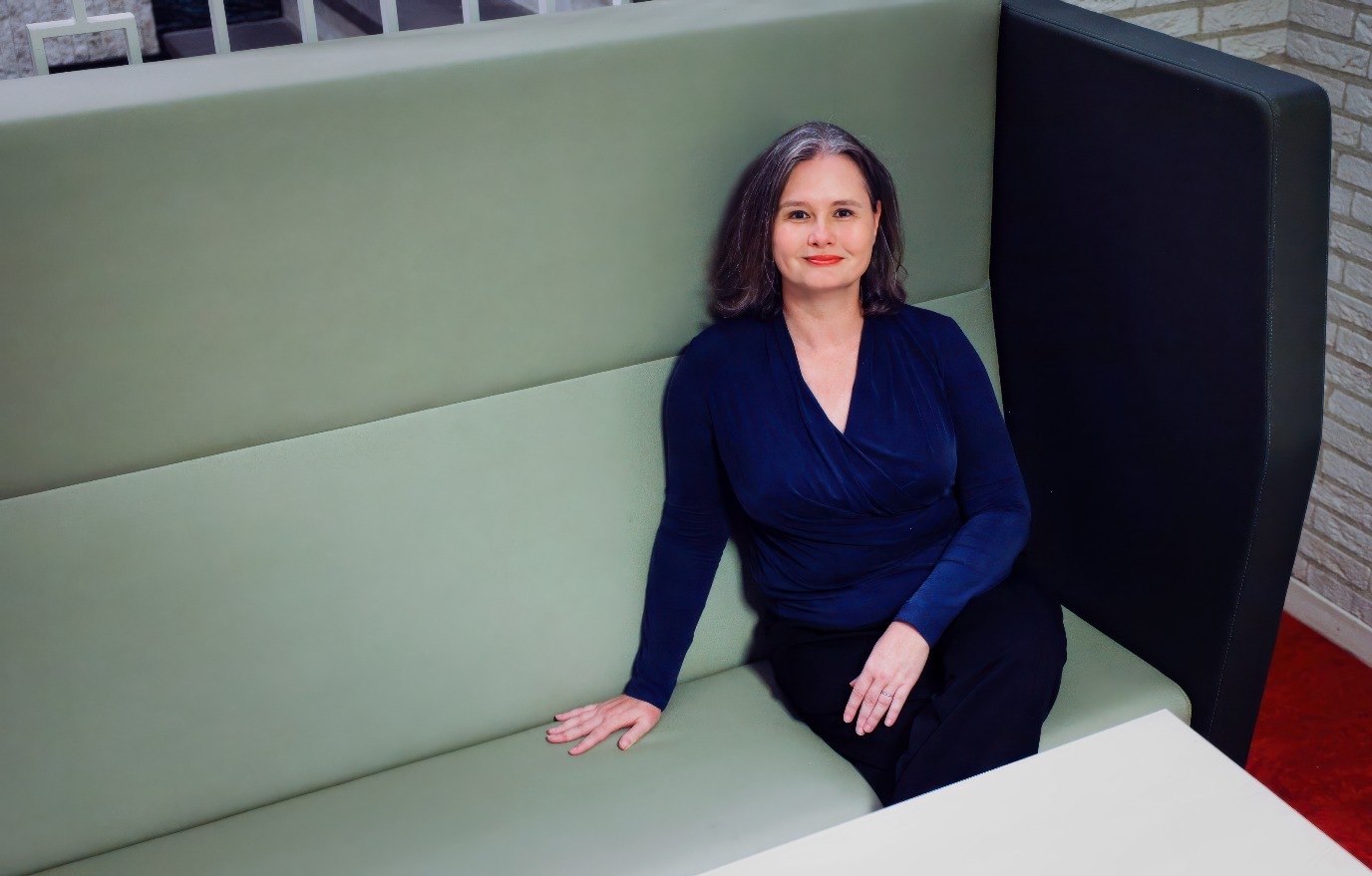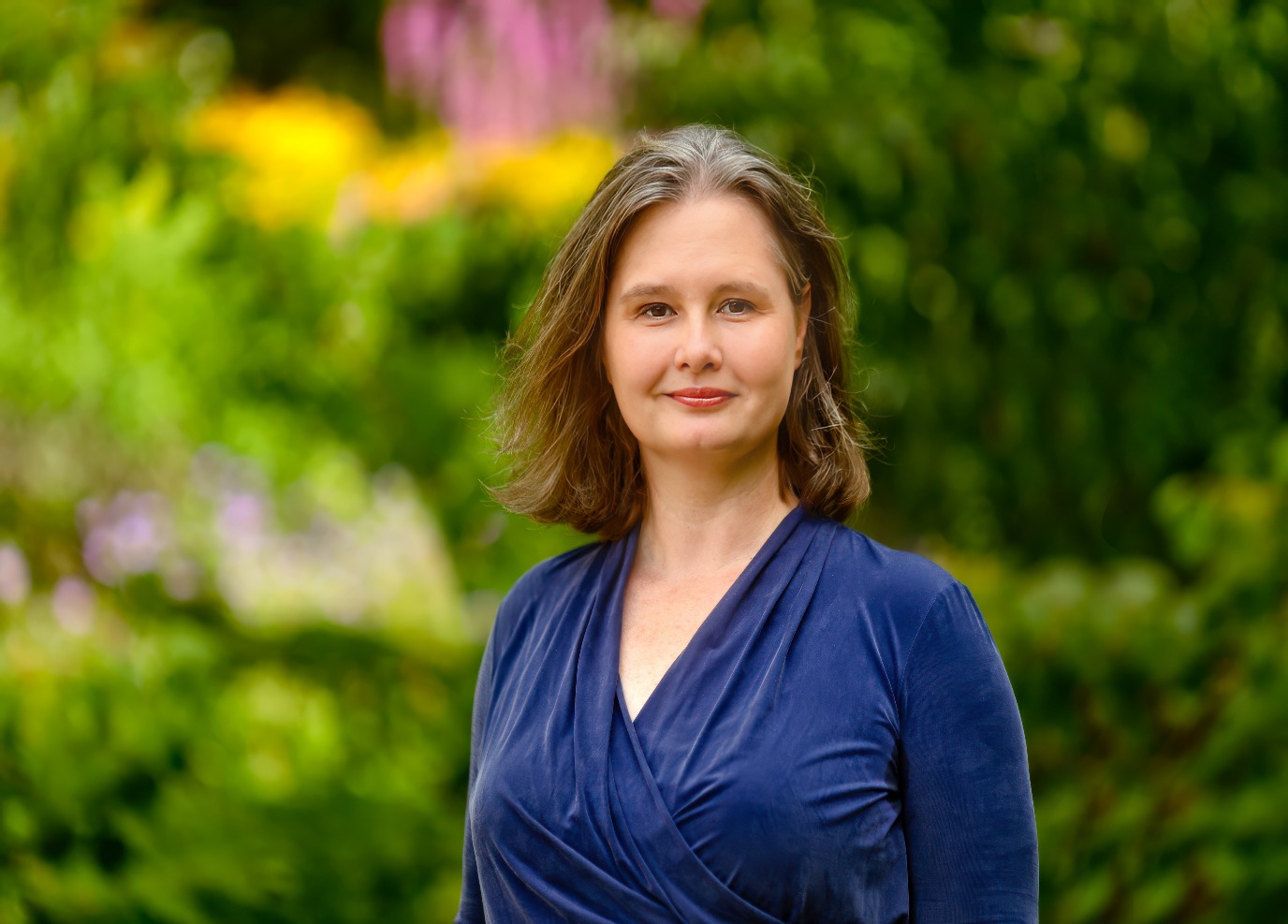Picking the wrong one again and again
Julie Karsten is researching how experiences involving sexual misconduct influence adolescents’ online choice of partner. She specifically focuses on the question of whether people who have previously been ‘perpetrator’ or ‘victim’ look for one another. By better understanding these dynamics, Karsten hopes to ultimately contribute to a safer world for everyone.
Text: Beau Oldenburg / Photos: Henk Veenstra
Recent research by the Netherlands Youth Institute (NJi – 2023) shows that no less than two in three girls and three in ten boys between 13 and 24 have been victims of sexual misconduct at least once. This concerns various forms of unwanted intimacies, from touching and sexual comments to more serious offences, such as assault and rape.

Looking for one another
Forensic psychologist Julie Karsten and her colleague Fatemeh Fereidooni are researching how these experiences influence adolescents' choice of partner during online dating. In their research project ‘At first swipe’, they focus on the dynamic between ‘perpetrators’ and ‘victims’. Karsten: ‘Today, dating mostly happens online. We were wondering: is there perhaps already a certain vulnerability in how people choose one another? Our hypothesis is that people who have experienced sexual misconduct and those who have carried it out are more likely to pick one another.’ If this turns out to be the case indeed, a next step would be to research the underlying mechanism, Karsten explains. It might be, for example, that victims unconsciously pick a perpetrator again—‘I always pick the wrong person’—or that perpetrators are good at selecting partners who tolerate their behaviour.
Swiping
Karsten’s research is momentarily in its first phase. The team has conducted a survey on sexual misconduct among a group of 18- to 30-year-old respondents. In addition, the participants who date online were asked if they were willing to share their dating profile with the research team. The next phase of the research will start in autumn and these profiles will then be included in a recreated dating site where other participants will swipe through the profiles. ‘So, we are not using fake profiles or actors, but profiles of real people of whom we know whether they have a history with sexual misconduct,’ Karsten explains. After the swiping, participants will be asked what attracted them to the selected profiles: was it the description, a photo, or something else?

Precursor
The project was inspired by previous research by Fereidooni and Karsten in which male participants watched YouTube videos without sound of adolescent women speaking about the sexual abuse they had experienced. The men, who saw the women but could not hear them, were asked whether they thought the women in question had experienced sexual abuse and whether they would experience it again. ‘Of course, we don’t know if the participants were able to predict the future “well”, but we do know what they base their prediction on, what they’re looking at. For example, posture, physical traits, mobility, or making eye contact with the camera. This gave us the idea: would this also be how it works when people search for a partner online?’
Red flags
Karsten emphasizes that her research in no way tends to imply that victims are responsible for what happened to them. ‘The responsibility for committing violence always exclusively lies with the perpetrator,’ she says with conviction. ‘But perhaps certain backgrounds of people—in terms of personality or experiences they’ve been through—cause them to be more inclined to choose people with certain traits. Through this research, we hope to gain a better understanding of what aspects can be seen as possible red flags. If we can spot this at a very early stage and understand it, we may be able to give some guidance.’

Outside the box
Karsten describes the research as ‘outside the box’. ‘It’s a completely new research field. That makes it fun and, at the same time, nerve-wracking. You don’t know if it’s going to succeed and what the results will be. For example, the big question for us was whether people would be willing to share their online profiles with us in the first place, something that was crucial for the research design.’ The goal of the Dutch Research Council’s (NWO) Open Competition XS grant that Karsten received for the project is to enable innovative projects such as this one.
Safer world
Ultimately, Karsten predominantly hopes to be able to use her research to help the adolescents she also sees in her lectures. ‘This age group has the highest chance of victimization. Simultaneously, this is also the group where you can achieve something. You could, for example, offer accessible training courses and provide information. That is where you can make a difference.’ Her goal is to make the world a little safer by reducing the chance of sexual misconduct occurring and thereby lessening the hurt that results from it.
More information
| Last modified: | 10 September 2024 09.07 a.m. |
More news
-
17 March 2025
Liekuut | The high price of conflicts
According to Carsten de Dreu, Professor of Foundations of Cooperation and Social Organization at the University of Groningen, a lot can be learned from conflicts.
-
10 March 2025
Science for Society | Memory Lab for higher marks
Learning facts at school is something hardly anyone likes. The day before a test, pupils cram as many words or names as possible into their heads, only to hopefully remember them the next morning and then forget them again after the test.
-
05 March 2025
Women in Science
The UG celebrates International Women’s Day with a special photo series: Women in Science.
